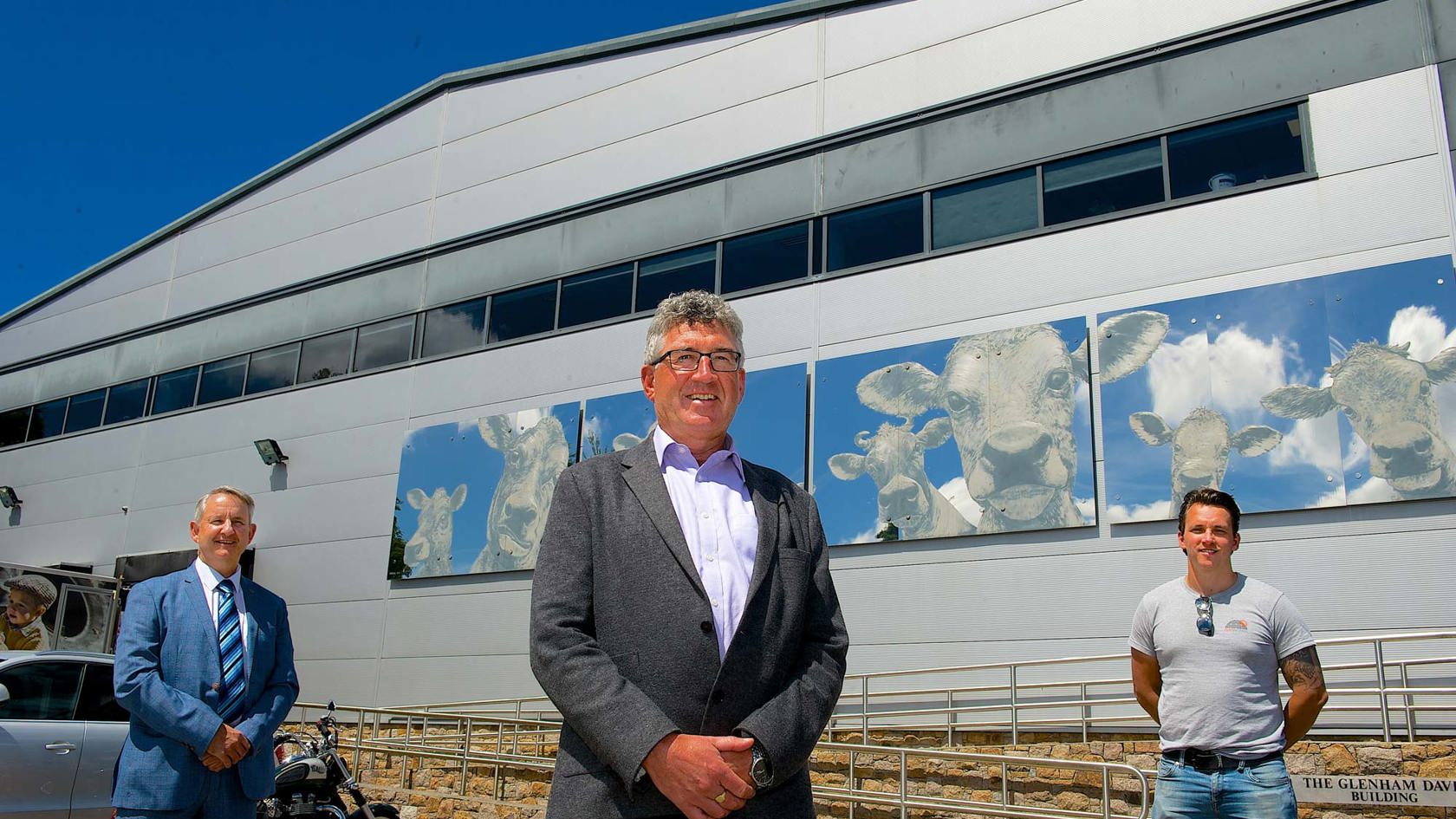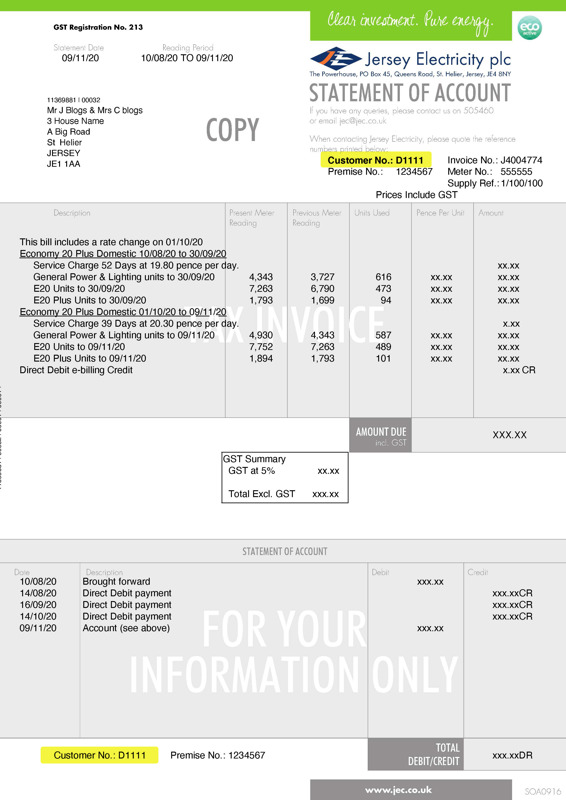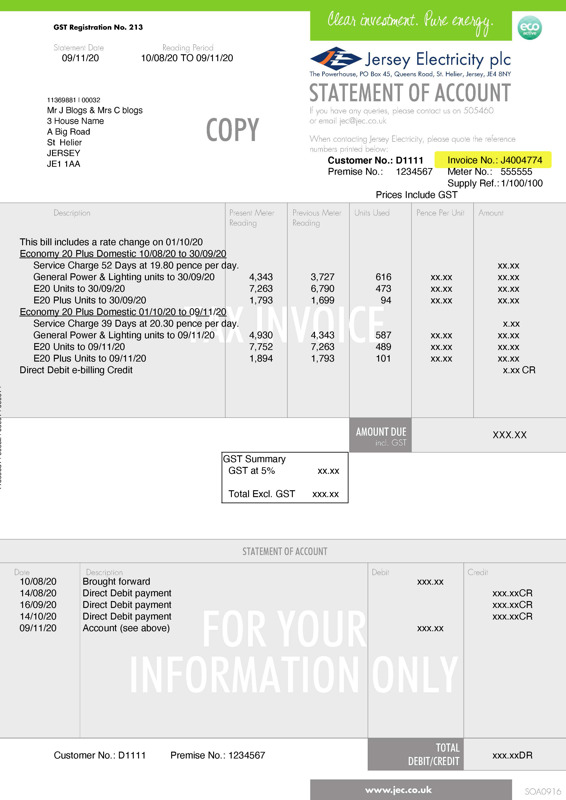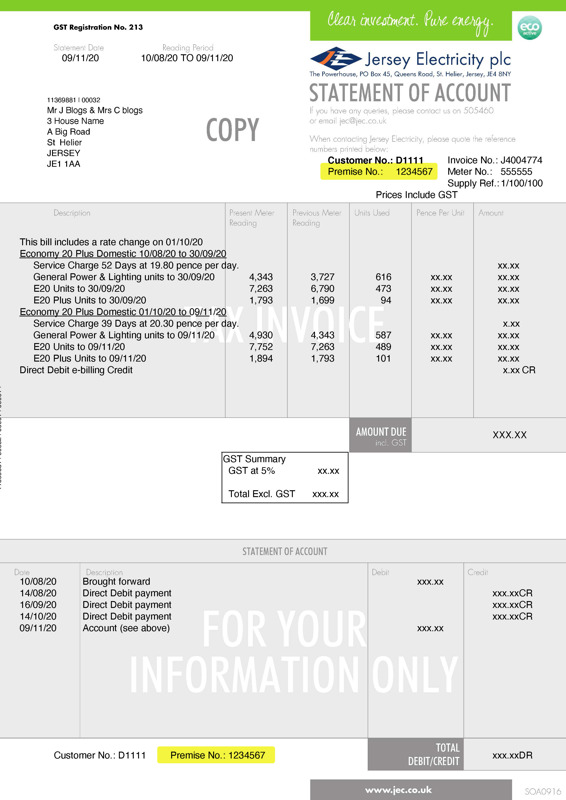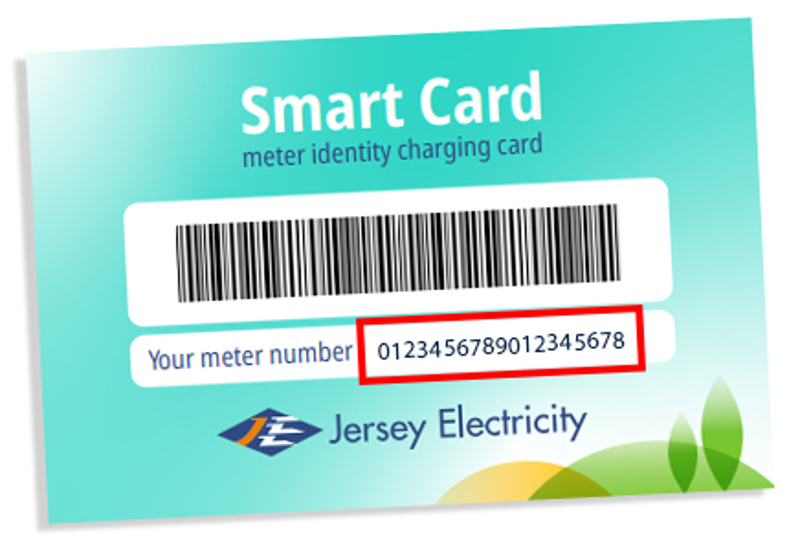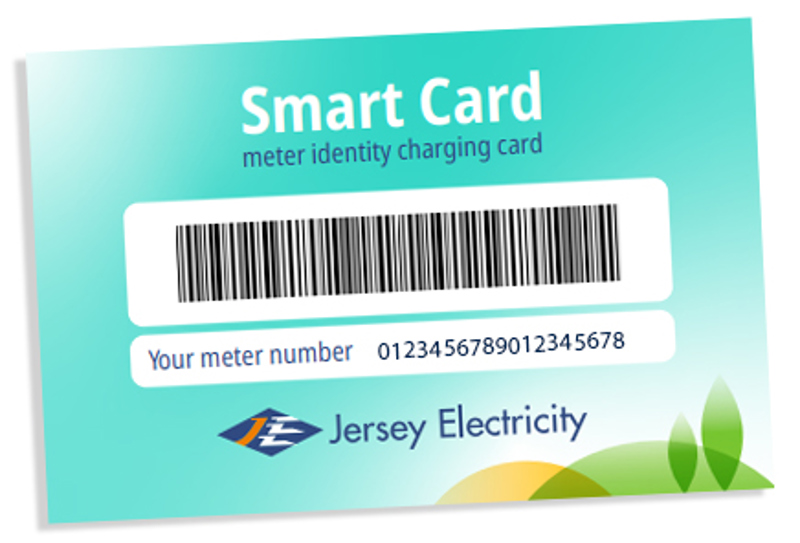Half a million more units of local renewable power on grid
Jersey could soon benefit from more than half a million additional units a year of locally generated solar PV power following a partnership agreement between Jersey Electricity and Jersey Dairy.
Jersey Electricity plans to install the largest solar PV array in the Channel Islands on the roof of the Dairy’s Trinity headquarters and distribute the electricity generated for use on the grid.
Measuring 2,500 square metres and consisting of 1,430 panels, the array dwarfs that installed by JE on the roofs of its La Collette Power Station last summer and is twice the size of the one planned as part of a similar arrangement on a warehouse roof at Woodside Farm Ltd, Trinity.
The Dairy array has a capacity to generate 521kWp compared with the 81kWp of La Collette and 227kWp at Woodside. It is estimated it will produce 530,000 units (kWhs) a year, enough to power 72 Jersey homes using an average of 7,300 units a year.
JE has partnered with local solar contractors SunWorks to project manage, install and commission the array. Construction is expected to start in October and the array should be generating power on to electricity network by November.
The Dairy’s rooftop array, will be owned and operated by JE and is another example of how a local business a can diversify its revenue streams in partnership with the Island’s leading low carbon energy provider, but at the same time allow the whole community to benefit from local solar energy.
JE CEO Chris Ambler said: ‘We want to see Jersey make a green recovery in the aftermath of the Coronavirus crisis and we believe projects like this, in partnership with local businesses, will help to not only stimulate economic recovery but also keep climate change at the top of the agenda.

Joint venture: (l to r) JE Commercial Services Director Peter Cadiou, Jersey Dairy MD Eamon Fenlon and SunWorks Director Mark Brandon
‘This latest and largest solar project continues a series we have long been planning with business partners who own suitable buildings and who are willing to join with us in helping to diversify Jersey’s energy sources to include local renewables.
‘Although solar PV will not reduce the carbon content of electricity distributed in Jersey, because the grid is already virtually completely decarbonised, we believe it has an important longer-term role in the energy system, especially if we can reduce installation costs.
‘Local solar PV sits comfortably alongside our existing imported decarbonised power, a third of which is already from certified renewable hydro sources. Unlike most countries, there are no taxpayer subsidies in Jersey for renewables. Schemes like this help Jersey develop renewables at least cost but in a way that allows the whole community to benefit.
‘We are delighted to work with local installer, SunWorks, who are using award-winning Norwegian REC Alpha Solar panels, which have the highest power output and lowest carbon footprint among leading manufacturers.’
Jersey Dairy MD Eamon Fenlon said: Jersey Dairy and our dairy farmers are committed to adopting good environmental practices and this project fits with that commitment and the many other positive environmental initiatives that the dairy industry is actively implementing. For example, Jersey Dairy was the first dairy in the world to hold the “LEAF Marque” on its fresh milk packaging. LEAF is the gold standard recognition for sustainable farming.’
Mark Brandon, founder and Director of SunWorks, said: ‘This is the fourth solar PV installation we have undertaken on behalf of Jersey Electricity and we are delighted help enable more local solar power on to Jersey’s grid with one of the biggest roofs we could find.
'JE has really shown commitment with the best quality solar products on the market like SolarEdge and REC, demonstrating they are in it for the long run. Local energy projects like this fit in with the ethos of “build back better” as we see an increased demand for renewable power and different ways of low-impact living post Covid-19.’
